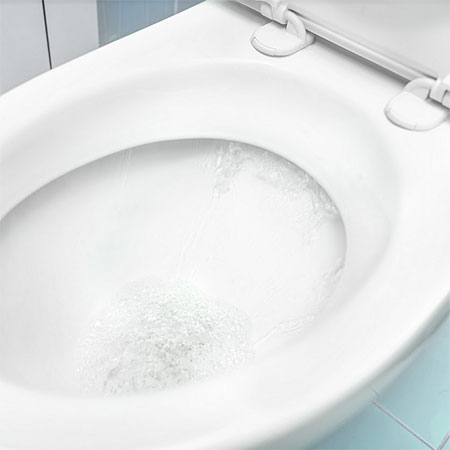Top 5 Water Wasters In Your Home
Water conservation starts by identifying the top water wasters in your home and the additional resources to help reduce water waste.
14/05/2021
Next to air, water is the most vital element for the preservation of life.
While the Earth is 71% water, 96.5% of it is locked in oceans and seas which are too salty for human use. Meanwhile, about 2.1% of all Earth’s water is frozen. So, we humans depend on the available tiny bit of freshwater to live our life.
As you can see, water is a limited commodity. And the world is already experiencing its effects. According to stats, 1.1 billion people lack access to water. Meanwhile, 2.7 billion people experience water scarcity at least one month per year. It’s predicted that by 2025, two-thirds of the global population may be facing water shortages.
Water conservation can go a long way to help reduce these shortages. And that starts by identifying the top water wasters in your home and the additional resources to help reduce water waste.
1. Hand Washing The Dishes
The majority of the taps in the developed world deliver about 2 – 5 gallons of water a minute. Leaving your tap running while scrubbing that pan, therefore, you waste more than what you use in the shower. On average, washing dishes by hand uses about 27 gallons of water.
To reduce your water waste, consider a dishwasher. This modern-day machine uses as little as 4 gallons with the same load. When you think about how much bowls, plates, and cutlery you can wash in one go, the water savings become substantial. Plus, they come out a lot cleaner, too!
2. The Shower
Generally speaking, showering uses less water than baths. However, showers still account for up to 20% of indoor water use. Standard showerheads have a flow rate of 2.5 gallons per minute. Using the shower for 10 minutes means using 25 gallons of water, which is still significant.
For this, you may want to reduce your shower time. Also, consider using low-flow showerheads to cut water use by at least 40% than the standard showerheads.
3. The Sprinklers
Keeping your garden looking lush is never easy, particularly during the summer months. A luscious, green lawn can turn into barren land in weeks if not watered. Thus, most homeowners install garden sprinklers.
However, sprinklers use a lot of water. In fact, running a standard sprinkler for an hour uses about 1,020 gallons of water. That’s more than half of the average daily water use of a family of four.
You can find water-efficient sprinklers or even adjustable sprinklers that allow you to direct water to where it is needed and avoid wasted water. Or ditch the sprinklers altogether and go with a garden hose that typically uses 9 – 17 gallons per minute.
4. The Toilet
This is the biggest culprit in your water usage. Responsible for about 30% of your household water use, toilets should be your priority for your water reduction efforts.
The older the toilet, the more water it wastes with every flush. Thus, upgrading to the newer and more efficient models of a toilet can save you up to 20 – 60% of the water a day.
However, if you don’t have the budget to replace your toilet, then consider getting an adjustable flapper to reduce your water usage. You can also put a tank bank or filled plastic bottles in your toilet tank to use less water per flush.
In addition, you want to check your toilets for leaks. On average, a leaky toilet can waste at least 200 gallons of water a day, 6,000 gallons a month. So, make sure to check for any running water or leaks in and around your toilet.
5. The Washing Machine
Old washing machines use an average of 29 – 45 gallons per load. Meanwhile, modern and efficient washing machine use only 19 gallons of water per load with the most efficient ones using less than 5 gallons per load.
So, for the average family running between 5 – 6 loads a week, cutting your water footprint with an efficient washer can save you thousands of gallons a year. Not to mention the energy saved on heating water since high-efficiency washers use less electricity than the traditional models.
To further reduce your water use, consider doing laundry less often. If towels or clothes aren’t visibly dirty, then there’s no reason they can’t be used more than once.
Conclusion
Water is essential to preserving life. Even more so for us humans. We don’t just drink it— we clean with it, wash in it, and use it to produce everything from food to clothing. Thus, as simple as identifying water wasters like the ones above and fixing them can go a long way to saving thousands of gallons of water and preventing shortages in the future.



